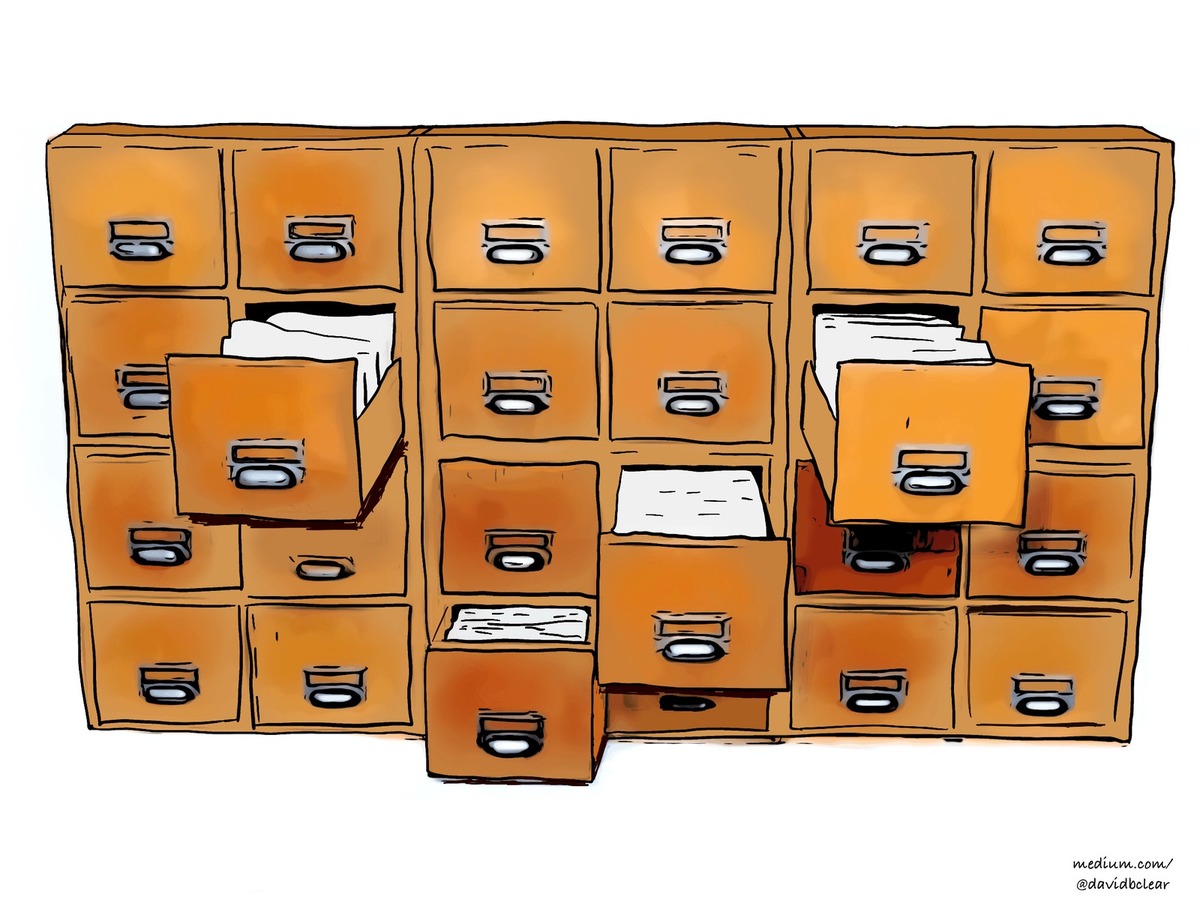You Should Read David B. Clear's Summary of the Zettelkasten Method

At the turn of the decade, David B. Clear1 wrote a summary about all things Zettelkasten, called “Zettelkasten — How One German Scholar Was So Freakishly Productive”.
It’s a great post, especially if one is just starting out with the Zettelkasten Method. There’s so many highlights there, like:
You get that? The linear recording of information, as in a notebook, sucks. Non-linear notetaking [sic!], and especially graphs and concept maps, rock. And what is a Zettelkasten if not one massive graph or concept map?
And concise metaphors and explanations:
By using the Zettelkasten method, your notes become entities that are knitted into a larger web of ideas. Instead of the system deteriorating the more you add to it, it becomes better. Again, it’s like your brain. No one would suggest that having more neurons would make you dumber. It’s the same with the Zettelkasten. More notes means more ideas and more connections, and the more ideas and connections you have, the “smarter” your Zettelkasten becomes and the more insightful your writing will be.
Saying that the Zettelkasten becomes smarter is not just poetic language. Luhmann meant that quite literally.
Promises of the Zettelkasten Method David summarizes include:
- You’ll focus better
- You’ll be less frustrated
- You’ll waste less time
- You’ll think better
- You’ll be more productive
- You’ll be more creative
His list of principles reads like lyrics: “add notes without fear”, “never delete”. Really, we love the post, and think y’all should be pointing your eyeballs at it. Read David’s post on Medium.
-
I hope that’s his real name, because “B. Clear” is just too awesome. ↩